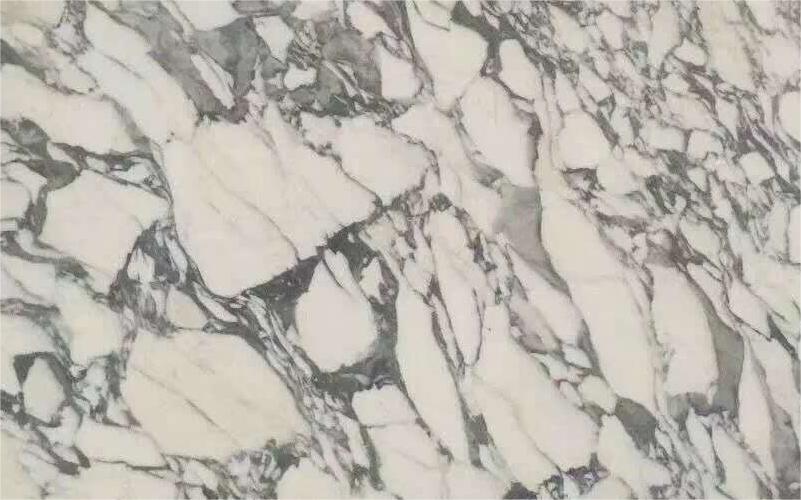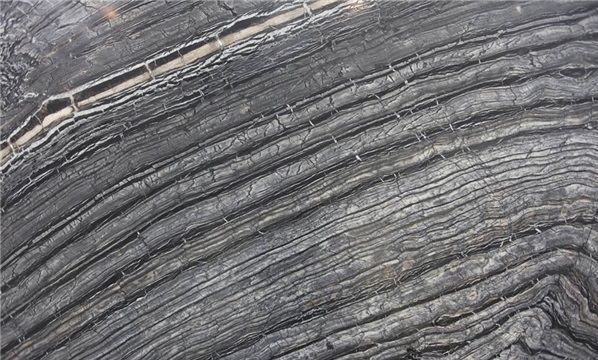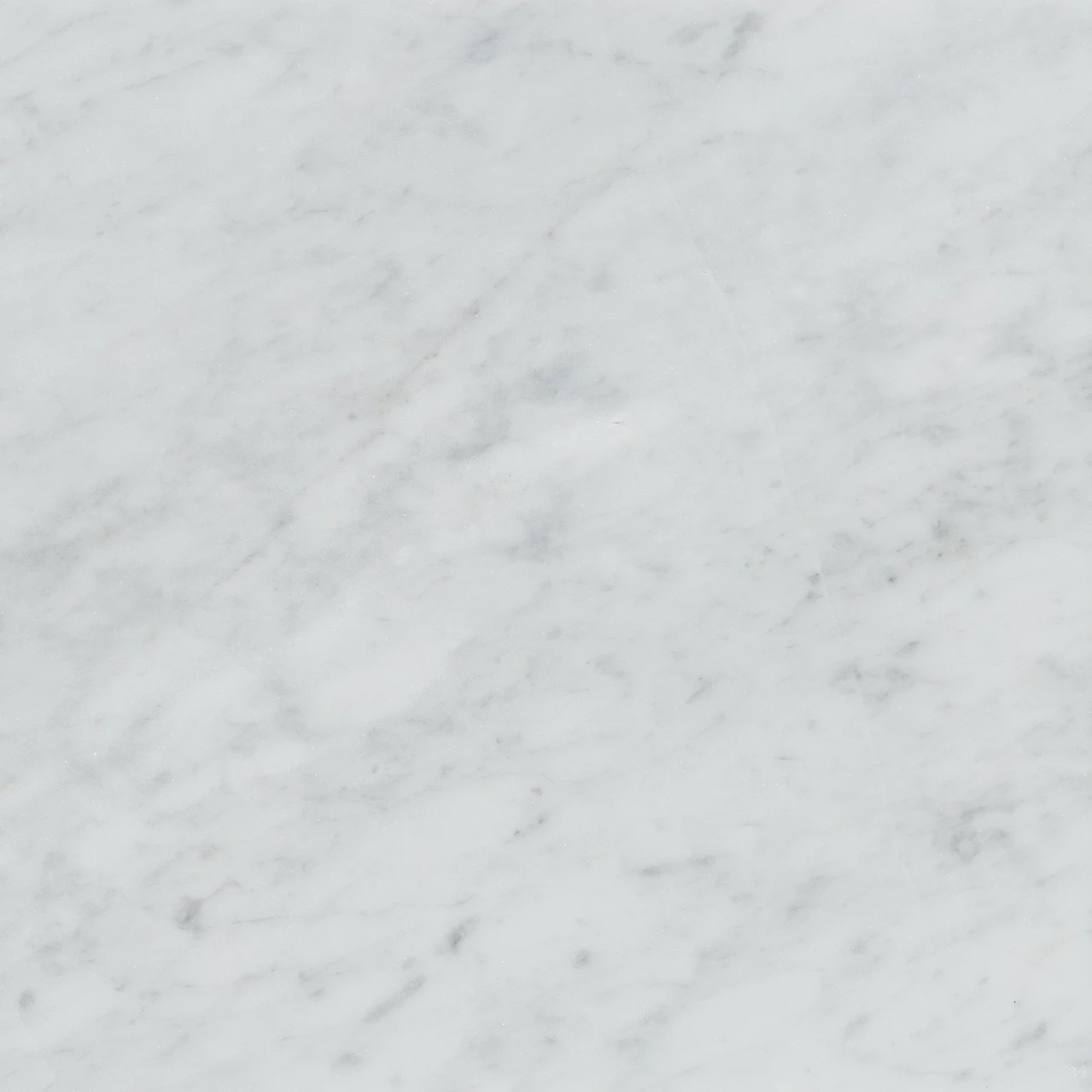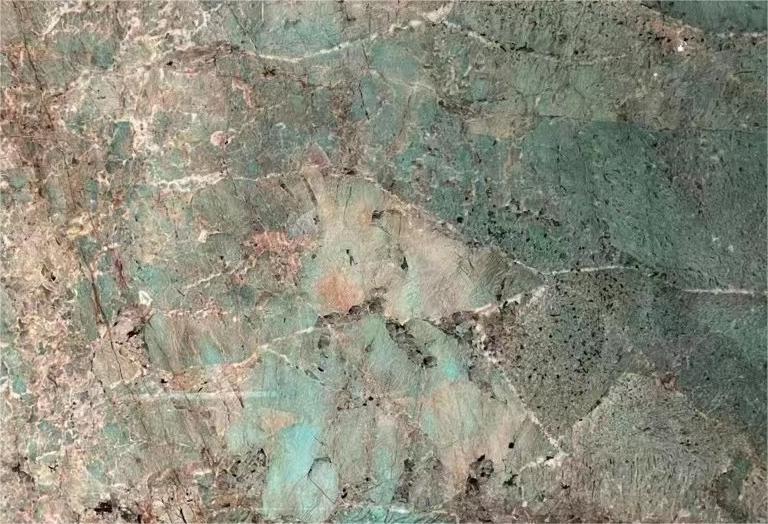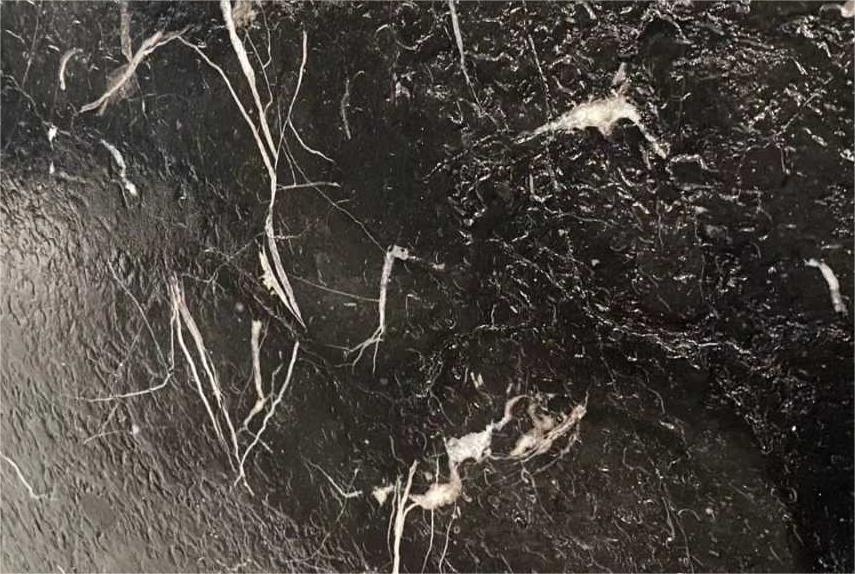introduce
Marble is a rock extracted from limestone that has been metamorphosed and can be found in many parts of the world. Its color ranges from white to black with various shades in between. Due to its durability, it is commonly used in construction and other interior and exterior design projects. In addition to its utility, marble is prized for its beauty and the effect it can have on the overall feel and ambiance of a home, office or other building.
definition
Marble is a metamorphic rock, which means it was once limestone or chalk, but was subjected to heat and pressure that caused changes in the minerals in the original rock. As it undergoes this transformation, the new material takes on different colors and patterns. Therefore, it is not a single type of rock, but can take on a variety of colors and textures after a transformation process has taken place.
history
Marble has been used since ancient times, by many different cultures for sculpture and other architectural projects. In ancient Egypt, marble was used for floor and wall tiles. The Greeks and Romans also used the material in many structures and sculptures, one of the most famous being the Parthenon in Greece.
Today, marble is used in a range of applications, including kitchens, bathrooms, floors, countertops, fountains, benches and many other surfaces – and it remains a popular material in fields such as architecture and art.
Features of Marble
(1) Good decorative performance, bright and rich in color after processing, it is widely used in the decoration of indoor walls and floors. Excellent processing performance: sawing, cutting, polishing, drilling, engraving, etc.
(2) Marble has good wear resistance and is not easy to age. Its service life is generally about 50-80 years.
(3) In industry, marble is widely used. Such as: used for raw materials, purifiers, etc.
(4) 大理石 has the characteristics of non-conductive, non-magnetic, and stable field.
From a commercial point of view, all naturally formed and polished limestone rocks are called marble, not all marbles are suitable for all architectural occasions, so marble should be divided into four categories: A, B, C and D. This classification method is especially suitable for relatively brittle Class C and D marbles, which require special handling before or during installation.
Marble Classification
Class A: High-quality marble, with the same, excellent processing quality, free of impurities and pores.
Type B: The characteristics are close to the previous type of marble, but the processing quality is slightly worse than the former; there are natural blemishes; a small amount of separation, gluing and filling is required.
Category C: There are some differences in processing quality; blemishes, pores, and grain breakage are more common. Repairing these discrepancies is moderately difficult and can be accomplished by one or more of separating, gluing, filling, or reinforcing.
Class D: The characteristics are similar to those of Class C marble, but it contains more natural blemishes, and the difference in processing quality is the largest, requiring the same method for multiple surface treatments. This type of marble is combined with many colorful stones, and they have good decorative value.
General Product Editing Broadcast
Beige (Golden Ivory, Shanna Beige, Emmy Beige, Moonlight Beige, Oman Beige)
White series (Ascot White, Golden Spider)
Gray series (Pascal gray, French wood grain gray)
Black series (black crystal jade)
Yellow (rainforest brown)
Green series (rainforest green)
Brown (Turkish light brown net, Spanish dark brown net)
Red (Spanish Shih Tzu)
advantage
Because of its beauty and durability, marble is an excellent material to use in architectural and design projects. Marble does not absorb stains or odors and is easy to clean and maintain. Marble also won’t fade or change color over time.
use
One of the most common uses of marble is in interior and exterior design projects. Marble has many uses, from floors and countertops to walls and fireplaces. Additionally, marble is a common material for making sculptures and other works of art.
in conclusion
Marble is a unique and beautiful material that has been used by many different cultures throughout history. Its color and texture, combined with its durability and ease of maintenance, make it an excellent choice for architectural and design projects.
Related Products

